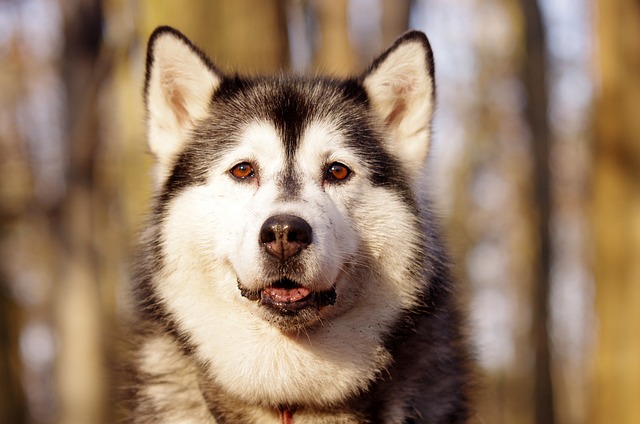
How do i train my dog to be obedient?
Watching your dog dart across the park ignoring your calls isn’t just frustrating—it can put them at risk near busy streets or public spaces.
Huskies are known for their high energy and independent streaks, which can make outdoor potty training feel tricky at first. Unlike some breeds that pick up routines quickly, Huskies often need a little extra consistency—their curious nature might distract them mid-training, turning a quick trip outside into a play session. But with the right approach, you can help your Husky understand where to do their business without frustration.
Start by leaning into their natural schedule—Huskies thrive on routine, so take them outside first thing in the morning, right after meals, naps, and playtime. When you’re out, stick to a designated spot; the familiar smell will help them associate it with potty time. Bring small, high-value treats and praise them immediately when they go—positive reinforcement works far better than scolding here. For example, if your Husky squats in the right spot, say “Good potty!” in an excited tone and give a treat within 2 seconds—this links the action to a reward in their brain.

If you live in an apartment, plan for more frequent trips—Huskies have smaller bladders than larger working breeds, so puppies under 6 months may need to go every 2-3 hours. Always carry poop bags (it’s not just polite—it’s the law in most U.S. cities, with fines up to $500 for leaving waste). Avoid punishment if accidents happen; rubbing their nose in it or yelling can make them afraid to go near you when they need to potty, which slows training down. Instead, clean the area with an enzyme-based cleaner to remove the smell—this stops them from returning to the same spot indoors.
Make sure your Husky is up-to-date on vaccines before taking them to public parks or sidewalks—U.S. state laws require core vaccines like rabies, and some areas mandate distemper shots too. This keeps your dog safe and avoids legal issues. Also, be mindful of community rules: some neighborhoods have designated dog parks or quiet hours for dog walking, so checking local guidelines helps keep tensions low with neighbors.
Training a Husky to poop outside takes patience, but it’s totally doable. By sticking to a routine, using positive reinforcement, and following local rules, you’ll build a habit that works for both you and your pup. Before long, your Husky will signal when they need to go—whether it’s standing by the door or bringing you their leash—and outdoor potty time will feel like second nature.

Watching your dog dart across the park ignoring your calls isn’t just frustrating—it can put them at risk near busy streets or public spaces.

New puppy owners often find themselves rushing to clean up accidents before they set in, and that’s where puppy pad training becomes a game-changer.

If you've noticed your dog's waistline disappearing and your veterinarian has mentioned those few extra pounds, your first instinct might be to simply reduce the amount of food in their bowl.

Training a dog to use a designated spot indoors isn’t as daunting as many new owners fear, but it does take consistency and an understanding of your pet’s needs.

That moment of dread on a walk is all too familiar for many new dog owners. You see another dog approaching down the sidewalk of your neighborhood

If the sight of another dog on your neighborhood walk makes your heart sink as your own dog erupts into a frenzy of barking and lunging, you're not alone.